While you will find dozens of reviews on the best pianos to purchase, there is hardly any information for piano brands to avoid.
This stems from the fact that it’s not profitable for piano dealers and bloggers to criticize a piano. Mostly, if the brand they’re talking about is a bad one, they will emphasize its good aspects over bad ones, or simply, they won’t waste their time writing or marketing anything about it at all and will ignore it.
However, buying a piano is a serious investment, and it’s pretty easy to get disappointed at the end by falling prey to biased online reviews while making the decision.
So, why is buying a piano a serious investment?
You might think that I’m saying this because they cost a lot of money. Although you do pay a significant amount of money for any piano unless it’s a keyboard, I think the most crucial part of the investment does not lie in its finance.
It’s of massive importance for beginners if the piano they are playing is a quality-one. A bad piano can lead to several undesirable learning mistakes, which is mostly very difficult to unlearn at a later phase.
Without further ado, let’s see the piano brands you should avoid at all costs.
Disclaimer: None of what is written below is my own opinion, but rather the opinions and reviews I’ve collected from different forums and Tim Praskins from AZ Piano Reviews. You might have a piano from one of these brands and enjoy it. Beauty is in the eye of the beholder. I never tested these pianos, and the goal of this article is to simply help people make better decisions while buying pianos.
Upright Piano Brands to Avoid
Daewoo
Daewoo is a Korean brand that started producing and exporting pianos back in 1976. Like most pianos from Korea manufactured before the 1990s, Daewoo pianos were of low quality.
The biggest issue with these pianos is that they lack tuning stability, and were constructed out of low-quality materials. There is also a high risk that your Daewoo piano will have sticking keys due to poor seasoning of the wood, a problem that may not be easily fixed.
Another important thing to keep in mind is that if you are from the U.S. or U.K., you won’t be able to find replacement parts in case something goes wrong because there aren’t many distributors of Daewoo pianos in those countries, and it’s not quite convenient for piano technicians to repair them.
Wurlitzer
While Wurlitzer pianos are not the most horrible pianos on earth, you might still want to avoid them for a couple of reasons.
The first reason is that they are “economy” pianos and were not produced for professional musicians in mind. Most Wurlitzer pianos are very cheap, and it’s because they are of mediocre quality.
The biggest complaint these pianos receive is about their sound quality. Most owners of these pianos agree that the sound of Wurlitzer is rather dull, robotic, and insensitive to dynamic changes. If you are an advanced player and have played high-quality pianos before, expect to get disappointed.
The sound of Wurlitzer pianos won’t have the most impressive sound.
If you are a beginner player, I’d still suggest avoiding them if Wurlitzer is not your only option. Practicing on a Wurlitzer won’t be much enjoyable. Several players have reported that Wurlitzer has a “toy-piano” feeling, so it is obvious that Wurlitzer is far from providing a satisfying piano playing experience.
With that being said, the Wurlitzer brand also produced some high-quality electric pianos in the period between the 1950-the 80s, and they shouldn’t be confused with Wurlitzer acoustic pianos that I have just suggested avoiding. Wurlitzer electric pianos are considered to be classics and can be heard on several great records of the time.
Samick
Similar to Wurlitzer, Samick also fails to satisfy professional players.
While you will find some beginner and early-intermediate players liking and recommending the brand to you, the Samick pianos were indeed not meant for professional use. They are cheap instruments and intended for casual use.
Even if you like the sound and feel of a Samick initially, those positive feelings will likely turn negative as you progress and start to practice more demanding pieces. Samick pianos don’t have an impressive key action and tone, plus the pedals are of poor quality.
Related: 11 Easy Classical Piano Songs For Beginners
However, if you want the piano only for playing basic melodies with your child or just want a piano to stay in your house for occasional playing, then there’s no problem in having a Samick, though you shouldn’t expect much from the sound.
Kranich & Bach
Kranich and Bach is one of the oldest brands on this list. The company produced various models of upright and grand pianos from 1864 to 1985.
However, those pianos never had a great reputation, especially among piano technicians, as they were always associated with inferior quality. Piano technicians usually describe these pianos as “nightmares” due to their oddly designed keyframes. The Kranich and Bach keyframes are of very mediocre quality in that they are quite flimsy, flexible, and weak.
Another reason to avoid this brand is that most of its pianos circulating in the market are very old. Unlike other established brands whose old pianos can usually serve well with even a little maintenance, the Kranich and Bach pianos are not quite resistant to the deformations caused by aging.
Since the company stopped producing pianos in 1985, it’s very likely that Kranich and Bach you plan to buy will be more than 40 years old and have a lot of issues that you will have to deal with.
Marantz
If you encounter a Marantz piano, my biggest advice for you is to immediately run away.
Marantz is originally a company that has been producing and selling audio products since 1953. Needless to say that piano production is not something Marantz has expertise in. In fact, the reason for Marantz to start producing pianos was to house its sound systems.
Most of the Marantz pianos were very cheap instruments and constructed out of low-quality materials.
In addition, they were manufactured at the same factory that Marantz was producing stereo speakers, so it’s apparent that Marantz didn’t really put a high value and care on its pianos. Selling its audio products was a greater priority for Marantz than producing high-quality pianos.
Lindner
Lindner is another upright piano brand to avoid and there are some valid reasons to do so.
The action and keys of Lindner pianos were made out of plastic, a material that becomes brittle and causes the keys to break over time. This unusual use of the material was caused by the company’s goal to produce lighter pianos at the time. Unfortunately, this experimental try didn’t work out well for the reputation of the Lindner brand, as they are known to be one of the worst piano brands today.
The worst part is that the replacement parts for Lindner aren’t available anymore in case something breaks.
This video below shows the tragic end of a Lindner piano, which is probably well-deserved.
Digital Piano Brands to Avoid
Williams
Tim Praskins from AZ Piano Reviews describes Williams pianos as “PSO”, which means “piano-shaped objects”, and it’s not hard to see why.
At first glance, Williams pianos may seem like decent pianos having impressive features such as a sound library with over 150 instruments, a nice-looking LCD screen, an impressive stereo-sound system, and advanced options for MIDI connections.
However, that initial enchantment with a Williams piano only lasts until your first attempt at playing it. The disappointment comes very soon when you realize that despite the amazing features listed on their website, the real playing experience comes nowhere close to what had been promised by the company. If you are an experienced player, you will realize that these pianos lack the very fundamental elements that every piano should have regardless of their price.
In fact, most pianos under $300 by established brands such as Yamaha or Casio will have these features, so the cheap price Williams offers doesn’t justify these deficiencies.
One of them is the poor key action. The keys are very light, and it’s important for beginner players to learn to feel the sensitivity of the keys and adjust their control while pressing down them.
The black keys also have a plasticky feeling to them, producing a lot of noise unless you play the piano at the maximum volume. You are not supposed to hear this plasticky noise from the keys of a decent digital piano.
Last but not the least, the piano sound of Williams brand is quite inconsistent in that pressing different keys with the same pressure doesn’t produce the same sound. Instead, one key will produce a softer sound and the other louder. This is another significant issue for beginner players since they need to learn the dynamic control with keys that correctly respond to their finger pressure.
In this sense, this brand fails to teach the beginner players the real feeling they would get out of a real acoustic piano. If you are on a budget, I would suggest purchasing the cheap pianos by Yamaha, Casio, Roland, or other quality-brands that will at least provide you with the fundamentals of a real piano.
Artesia
Artesia is certainly one of the worst digital piano brands to avoid.
Similar to most other low-quality pianos, Artesia pianos have poor key action. The keys are very rigid, so they can’t be pressed easily and smoothly. This greatly reduces the feeling of playing a real acoustic piano.
Again, the piano sound is inconsistent in this brand in that adjacent keys don’t sound like they belong to the same piano at all.
There are also some very serious issues regarding the piano sound, the most important one being the out-of-tune notes. If you play an octave with an Artesia piano, you will not hear the unison interval you’re supposed to hear. However ridiculous it sounds, this means that the piano sound itself is out of tune, and it’s definitely not something you should tolerate in a piano even if you get it for free.
Lastly, Tim Praskins have mentioned the lack of an important feature the most digital pianos have, that is, altering the tempo of the MIDI playback song that is playing from the SD card. It’s a nice feature that is quite helpful while learning the songs, but unfortunately, this brand lacks this essential feature, which is a huge deficit.
Suzuki
Suzuki is a well-known brand in the automotive industry, but I must tell you, beware before considering purchasing their pianos!
The Suzuki company that manufactures pianos is a separate entity from the rest of the Suzuki brand, and the pianos are indeed manufactured by an independent digital piano factory in China.
The biggest problem with Suzuki pianos is that they have a poor movement of the weighted key action. That is, a real acoustic piano has weighted keys, and they help to produce a softer or brighter sound based on how much pressure they are receiving by your fingers. When there is no pressure and you are pressing the keys extremely softly, you should hear no sound. However, Suzuki pianos don’t correctly respond to finger pressure. They produce a sound even the keys are pressed very softly, and this greatly reduces its realism.
The poor key action is also a huge problem for beginners who are trying to learn dynamic control.
Another reason to avoid these pianos is that the piano tone sounds quite artificial and unrealistic. This may not be a huge issue when you get used to it over time, although it still reduces the realism because the playing experience will be far from the real feeling you would get out of an acoustic piano.
Gewa
Based in Germany, Gewa is a brand that specializes mostly in music accessories, although it has failed to impress piano players with their pianos.
The main issue with the Gewa pianos seems to stem from their speaker system. Tim Praskins has mentioned that due to the odd engineering of speaker projection, the sound doesn’t come from the cabinet the way it’s supposed to come. As a result, the sound coming through the speakers feels very nasal-like and boxy.
Even if you prefer to play the piano with stereo headphones, the volume is low and not enough even when it is at maximum.
Another reason to avoid this brand is the inconsistent volume levels between the keys. The exact same finger pressure doesn’t produce the same level of sound. For instance, the F# in the middle octave produces a noticeably louder sound than the F in the same octave.
Conclusion
These were the ten piano brands to avoid.
I hope you found this article useful.
Again, this article is not to offend anyone by any means, but rather to guide people through their piano buying decisions.
If there’s is something you would like to add to this list or tell your experience with a bad piano you had, comment below or contact me!
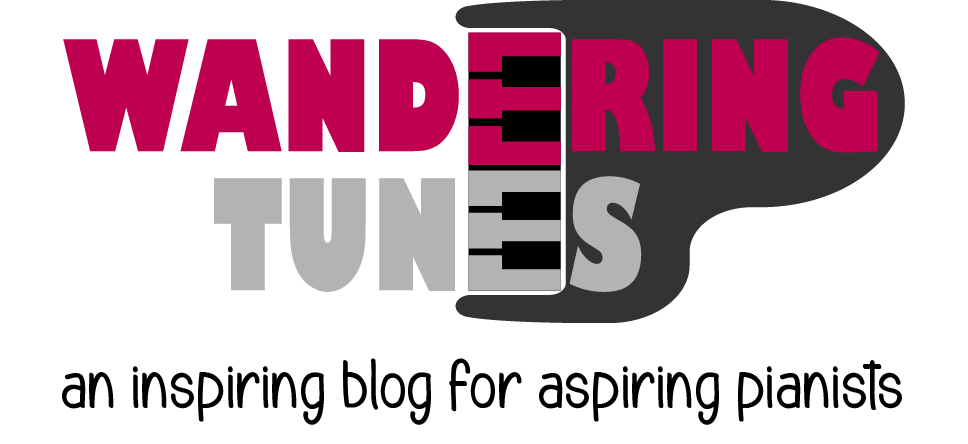
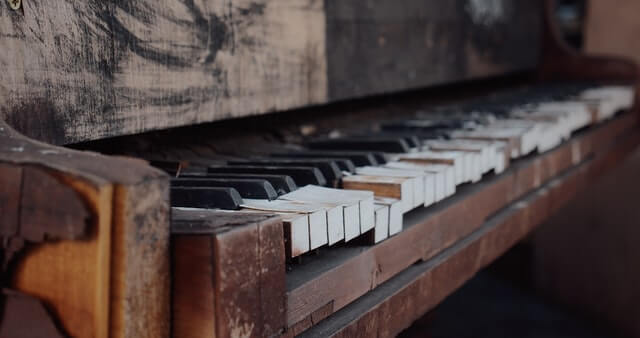
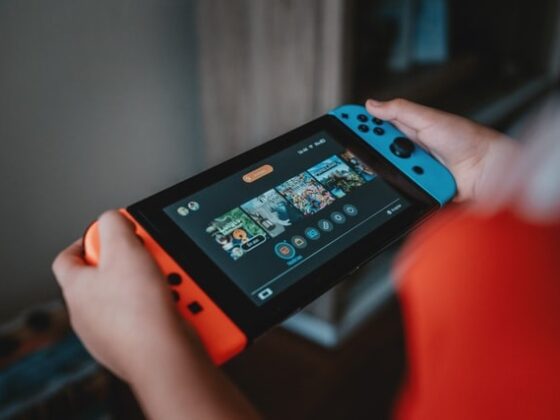
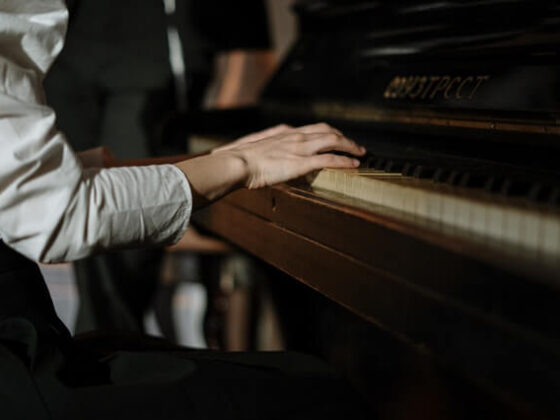

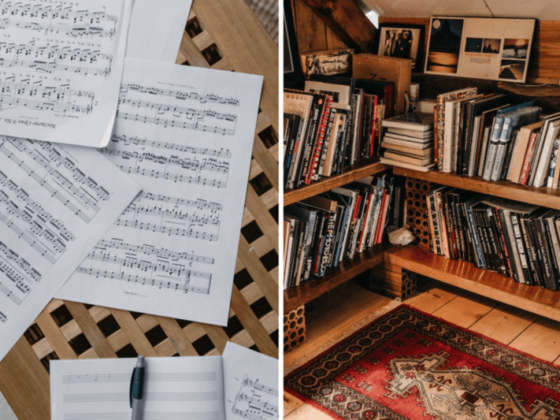
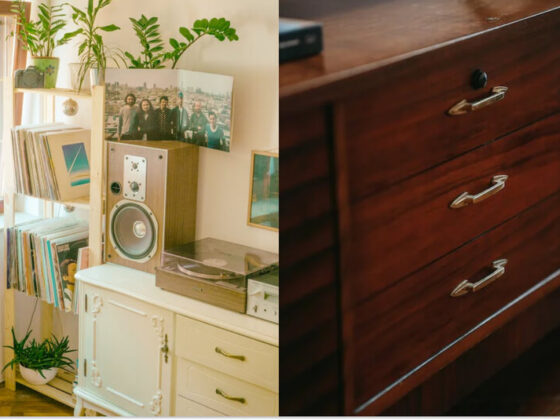



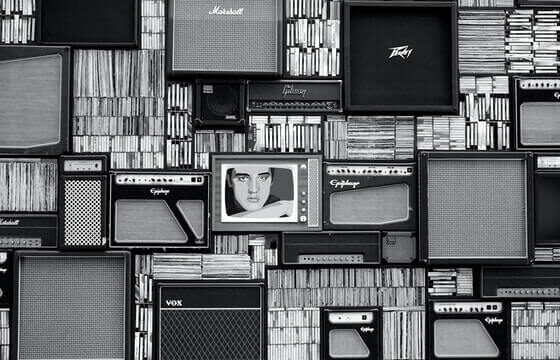
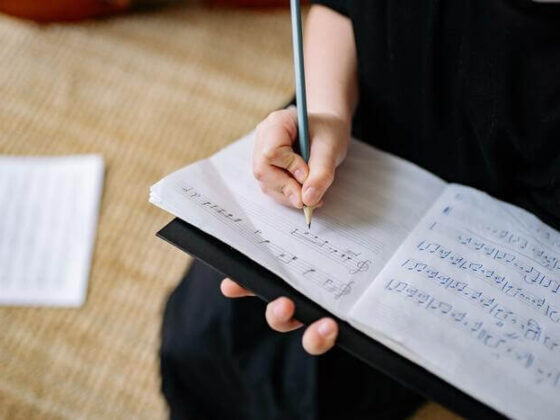
3 comments
Very well written and perspicacious! Thank you!
Glad it was helpful! 🙂
Amazing thank you for helping folks out with this. everyone always has a why to buy what, but a what not to buy is rare now days.